The most comprehensive "top ten" cultural knowledge, hurry to collect!
Ten beginnings were seen in Oracle Bone Inscriptions in Shang Dynasty. The ancients thought that ten was a symbol of digital completeness, so "ten" also meant completeness, completeness and reaching the extreme, such as ten and ten.
China people are good at summing up with ten, which is very common in history and culture, such as ten famous teas, ten saints, ten gifted scholars, etc …
We have summarized some of the "Top Ten" in history and culture! Let’s see. How much do you know?
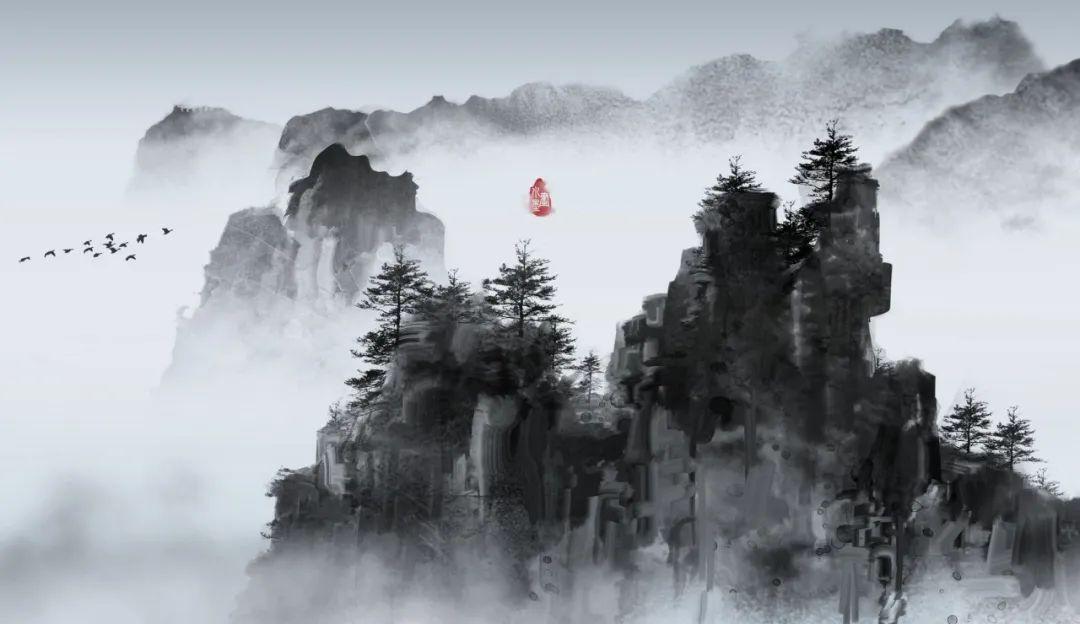
- "Ten Saints" in the History of China
1、Wen Sheng: Confucius, addressed as a "saint"
2、Shi Sheng: Sima Qian, the author of Historical Records
3、Doctor: Zhang Zhongjing, author of treatise on febrile diseases and synopsis of golden chamber.
4、Wu Sheng: Guan Yu, addressed as "Guan Sheng" and "Guan Di"
5、Cao Sheng: Zhang Zhi, Han Dynasty calligrapher, good at cursive script.
6、Book sage: Wang Xizhi, calligrapher of the Eastern Jin Dynasty, works Preface to Lanting.
7、Painter: Wu Daozi, a painter in the Tang Dynasty, has the reputation of "Wu Dai Dangfeng"
8、Wine saint: Du Kang, the inventor of ancient legend wine making.
9、Cha Sheng: Lu Yu, Tang Dynasty, famous for his love of tea, and author of Tea Classics.
10、Poet Saint: Du Fu,A famous poet in the Tang Dynasty, he wrote The Collection of Du Gongbu.

- Ten Grand Marshal of People’s Republic of China (PRC) (awarded in 1955)
1. Zhu De
2. Peng Dehuai
3. Lin Biao
4. Liu Bocheng
5. He Long
6. Chen Yi
7. Luo Ronghuan
8. Xu Xiangqian
9. Nie Rongzhen
10. Ye Jianying
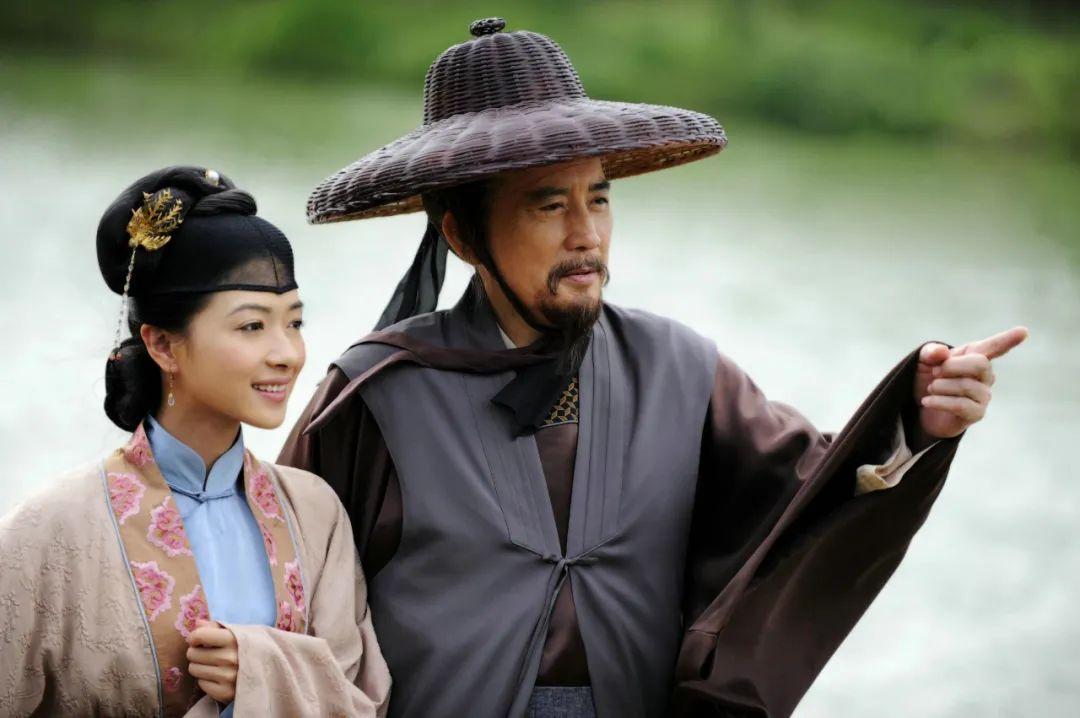
- Top Ten Talented Women in China
1. Ban Jieyu
2. Cai Yan
3. Zuo Fen
4. Su Hui
5. Xie Daowen
6. Bao Linghui
7. Xue Tao
8. Li Qingzhao
9. Zhu Shuzhen
10. Qiu Jin
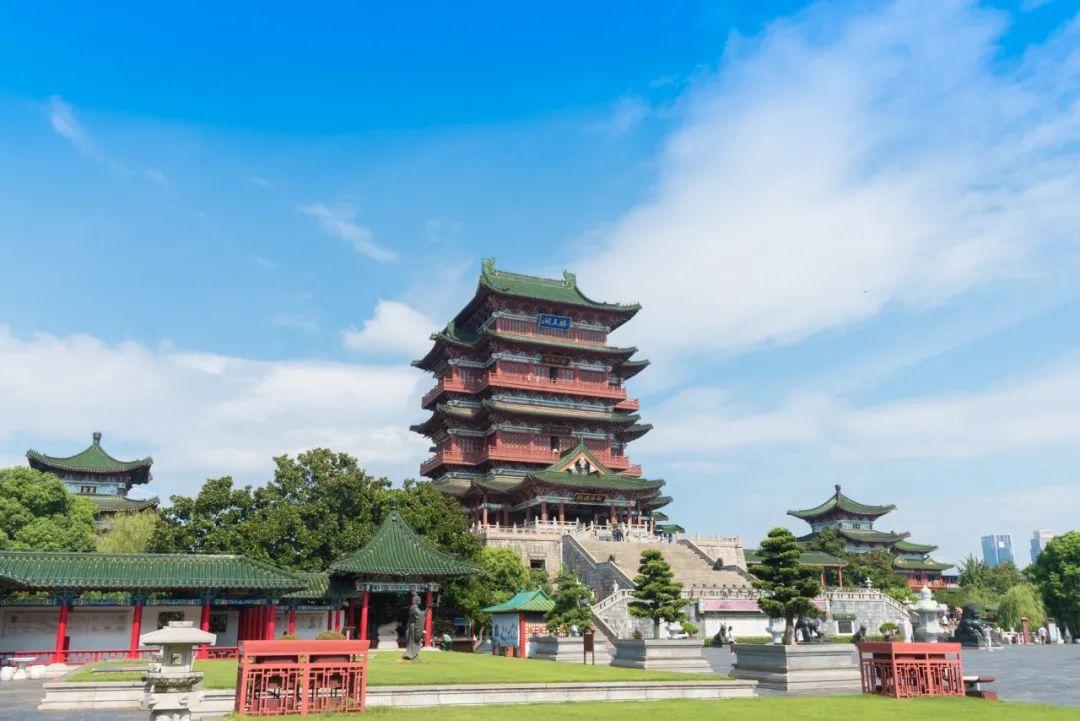
- Top Ten Famous Buildings in China
1. Yellow Crane Tower in Wuhan, Hubei Province
2. Yueyang Tower, Yueyang, Hunan
3. Tengwang Pavilion in Nanchang, Jiangxi
4. Yuanque Building in Yongji, Shanxi
5. Penglai Pavilion in Yantai, Shandong Province
6. Daguanlou, Kunming, Yunnan
7. Yuejiang Building, Nanjing, Jiangsu
8. Tianxin Pavilion in Changsha, Hunan
9. Bell and Drum Tower in Xi ‘an, Shaanxi
10. Tianyi Pavilion in Ningbo, Zhejiang Province
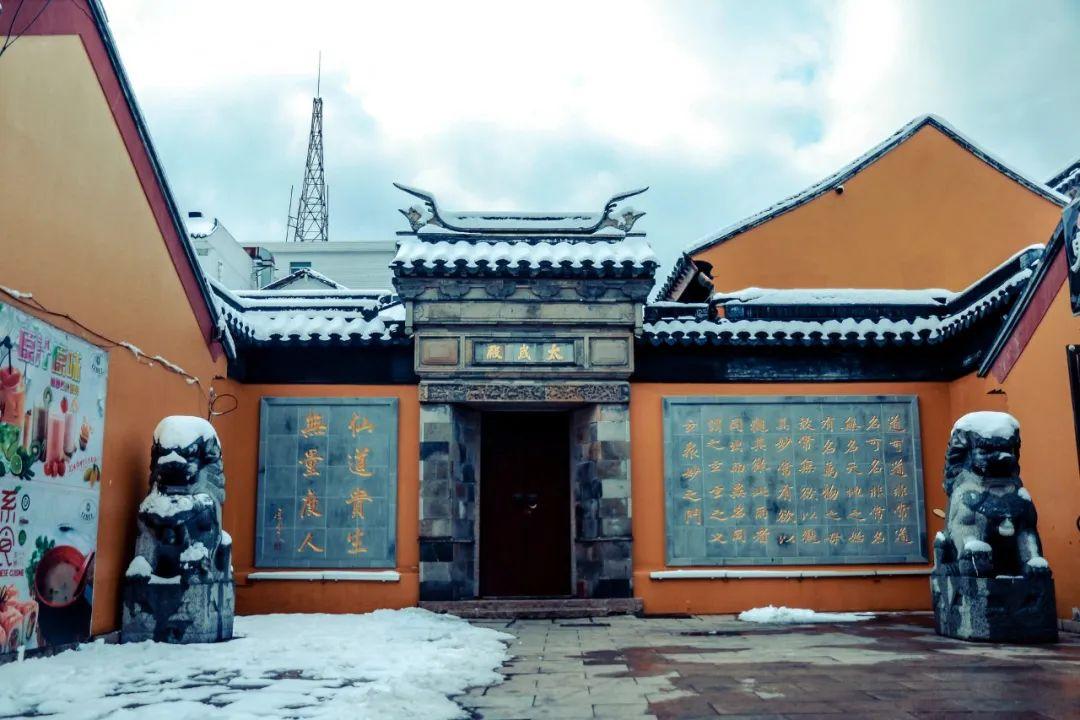
- Ten famous temples in China
the White Horse Temple,Located in Luoyang, Henan Province, known as "the first ancient temple in China".
Lingyin Temple,Located in Hangzhou, Zhejiang, was founded in the Eastern Jin Dynasty. In the Song Dynasty, it was known as one of the "five mountains" of Zen in the south of the Yangtze River.
Shaolin Temple,Located in Dengfeng, Henan Province, the ancestral home of Zen Buddhism in the Han Dynasty, occupies an important position in the history of Buddhism in China, and is known as "the first Buddhist temple in the world".
Hanshan Temple,Located in Suzhou, Jiangsu.Hanshan Temple became famous after Zhang Ji, a poet in the Tang Dynasty, wrote the poem a night-mooring near maple bridge.
Longxingsi,Located in Zhengding County, Hebei ProvinceIt is one of the temple buildings with the largest number of existing Song Dynasty buildings, statues and stone carvings in China.
Jokhang Temple.,Located in Lhasa, TibetWith a history of more than 1300 years, it has a supreme position in Tibetan Buddhism.
Guoqing Temple,Located in Taizhou, Zhejiang, founded in the 18th year of Emperor Kai of Sui Dynasty (598), was originally named Tiantai Temple. Later, it was renamed as kokuseiji after "If the temple is completed, the country will be clear". Zhi Yue, a monk in Sui Dynasty, founded Tiantai Sect in kokuseiji, which is the birthplace of Tiantai Sect in China and has far-reaching influence at home and abroad.
qixia temple,Located in Nanjing, Jiangsu, which was founded in the second year of Yongming in the Southern Qi Dynasty (484), has a history of more than 1,500 years. It is one of the four famous temples in China and the ancestral home of the "Three Lunzong" of Buddhism, and has an important position in the history of Buddhism in China.
Famen Temple,Located in Baoji City, Shaanxi ProvinceFamen Temple Underground Palace is the largest underground palace under the tower ever seen. Famen Temple Treasure Hall has more than 2,000 pieces of Tang Dynasty national treasures unearthed in the underground palace of Famen Temple, making it the most in the world.
South Putuo Temple,Located in Xiamen, FujianIt is one of the Buddhist resorts in southern Fujian. In the temple, the blood script "Miao Fa Lian Hua Jing" and He Chaozong’s famous white porcelain Guanyin are the most valuable.
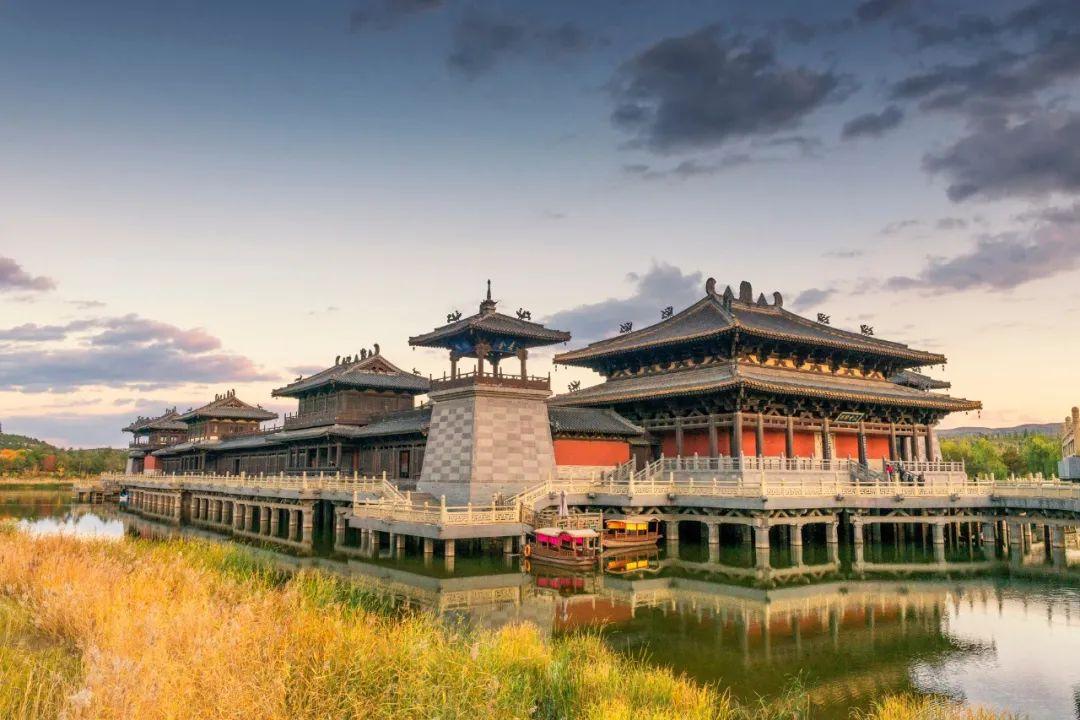
- Ten Famous Caves in China
1. Yungang Grottoes
2. Mogao Grottoes
3. Yulin Cave
4. Longmen Grottoes
5. Maijishan Grottoes
6. Bingling Temple Grottoes
7. Xiangtang Temple Grottoes
8. Kizil Thousand Buddha Cave
9. Gongxian Cave Temple
10. Baizikeli Thousand Buddha Cave
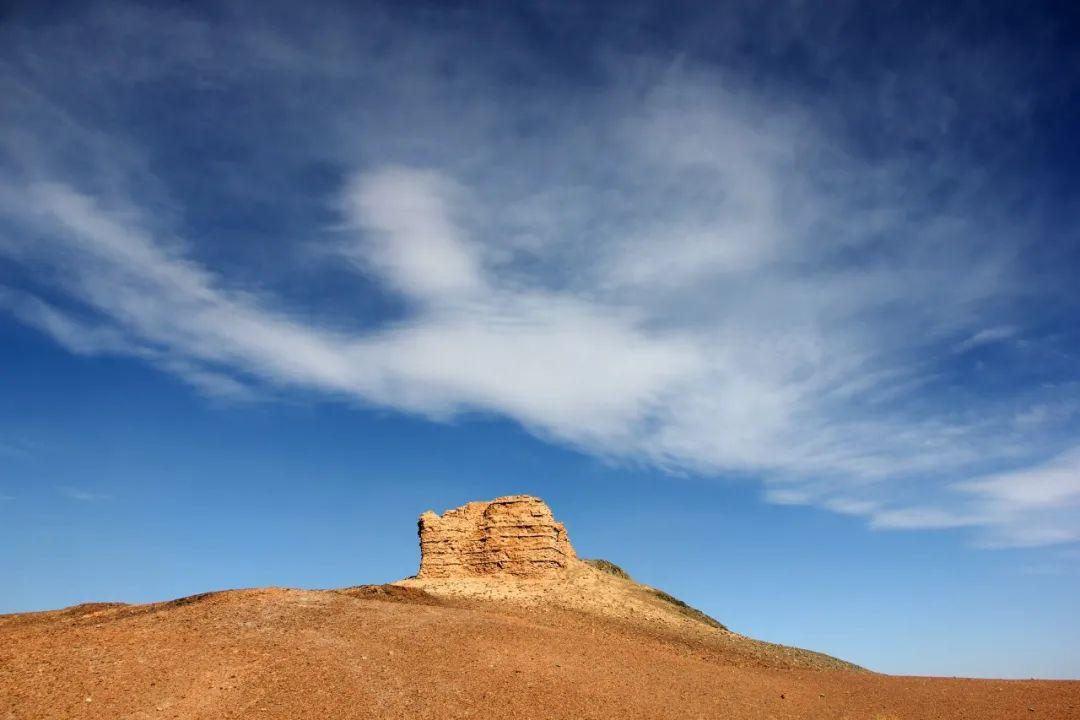
- Ten Archaeological Discoveries in China
1. Hemudu Neolithic Culture
2. Bronze wares of the Women’s Tomb in Yin Ruins and Oracle Bone Inscriptions in Xiaotun South.
3. The building base of Zhouyuan and Western Zhou Dynasty and the bronze ware kiln
4. Hou Ma Meng Shu
5. Tonglushan Ancient Mining and Metallurgy Site
6, Zeng Houyi tomb ritual instruments
7. Terracotta Warriors and Horses of Qin Shihuang
8. Qin Bamboo Slips in Sleeping Tiger Land
9. tapiscia sinensis Mountain Bamboo Slips
10. Silk script of Mawangdui Han Tomb
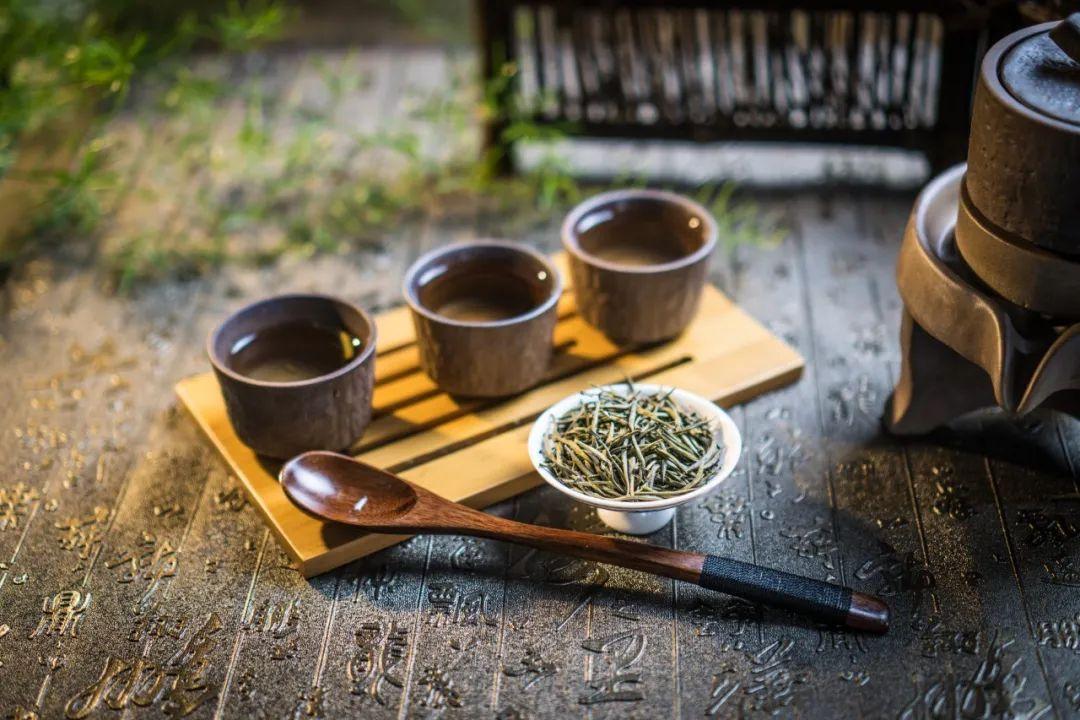
- the top ten tea of china
1、Junshan Silver Needle Tea (Junshan, Yueyang, Hunan)
2、Dongting Biluochun(Biluochun, Dongting Mountain, Taihu Lake, Wuxian County, Jiangsu Province)
3、West lake longjing tea(Xihu District, Hangzhou, Zhejiang)
4、Huangshan Maofeng [green tea produced near the famous Mount Huangshan(Huangshan, Shexian County, Anhui Province)
5、Duyun Maojian tea(Duyun County, Guizhou Province)
6、Xinyang Maojian Tea(Cheyunshan, Xinyang, Jiangnan)
7、Lu’an Guapian tea(Anhui Lu ‘an)
8、Tie Kuan Yin(Anxi County, Fujian Province)
9、Wuyi Yancha(Chong ‘an County, Fujian Province)
10、Keemun Black Tea(Qimen County, Anhui Province)
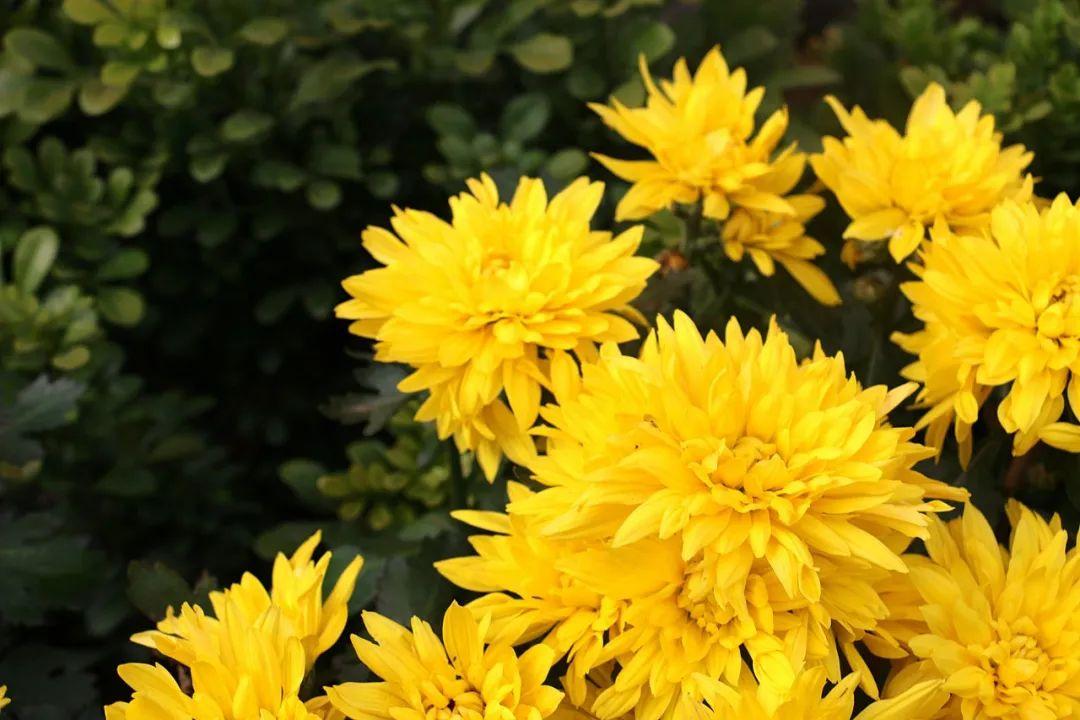
- chinese top ten flowers
1. The best among flowers-Chinese plum
2, the king of flowers-peony
3. Ling Shuang is blooming-chrysanthemum
4, the flower of a gentleman-orchid
5. The Queen of Flowers-Chinese rose
6. Flowers are blooming-azalea
7. A charming guest in a flower-camellia
8. Hibiscus in the water-lotus
9. Ten miles of fragrance-osmanthus flowers
10. Lingbo Fairy-narcissus
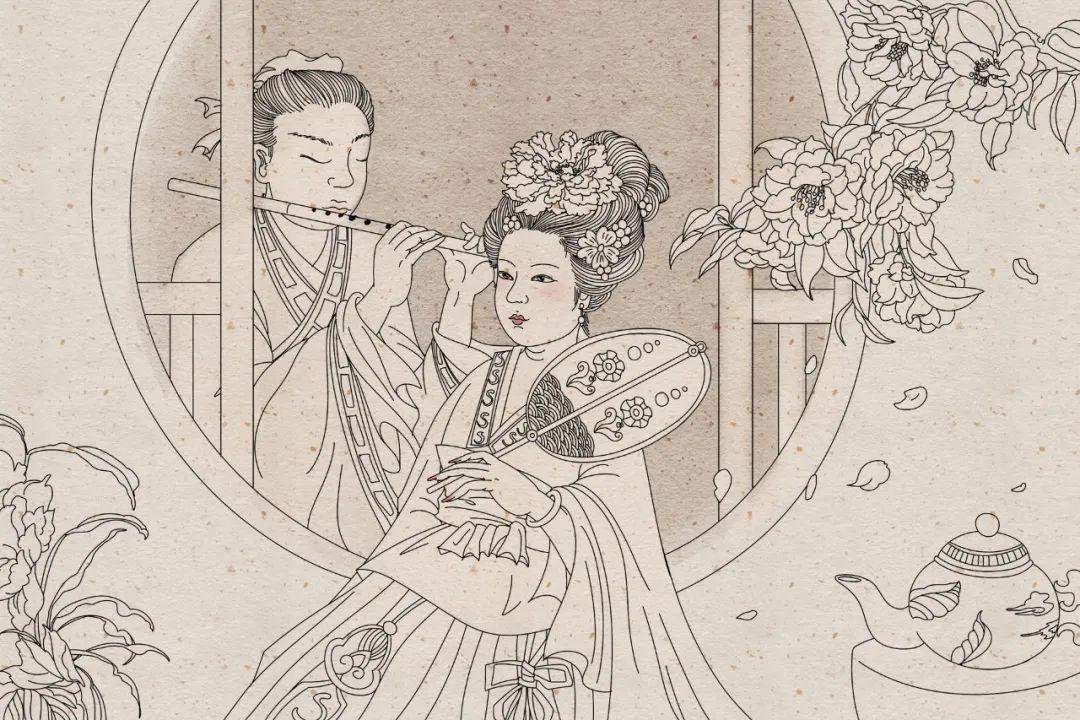
- Top Ten Classical Comedies in China
1. Save the Wind and Dust (Zaju)-Guan Hanqing in Yuan Dynasty
2. Romance of the West Chamber (Zaju)-Wang Shifu in Yuan Dynasty
3. Watching Money Slaves (Zaju)-Zheng Ting in Yuan Dynasty
4. On the Wall (Zaju) ── Bai Pu in Yuan Dynasty.
5, "likui jy Negative Jing" (Zaju)-Kang Jin in Yuan Dynasty
6. Green Peony (Legend) ── Wu Bing in Ming Dynasty
7. The Story of the Maiden (Legend)-Shi Junmei adapted it from the Moon Pavilion in Yuan Dynasty.
8. Zhongshan Wolf (Zaju)-Kang Hai in Ming Dynasty
9. The Jade Hairpin (Legend)-Gao Lian of Ming Dynasty
10. Kite Mistake (Legend)-Li Yu in Qing Dynasty
- Ten tragedies in classical China
1. Dou E Yuan (Zaju) ── Also known as Six In the snow Guan Hanqing in Yuan Dynasty.
2. The Orphan of Zhao (Zaju) ── Ji Junxiang in Yuan Dynasty
3. Loyalty to the Country (Legend) ── Feng Menglong in Ming Dynasty
4. Peach Blossom Fan (Legend)-Kong Shangren in Qing Dynasty
5. Autumn in the Palace of Han Dynasty (Zaju)-Ma Zhiyuan in Yuan Dynasty
6. The Story of Pipa (Southern Opera)-Gao Zecheng at the end of Yuan Dynasty
7. Jiao Hong Ji (Zaju) ── Liu Dongsheng in the late Yuan and early Ming Dynasties.
8. The Palace of Eternal Life (Legend)-Hong Sheng in Qing Dynasty
9. Leifeng Pagoda (Legend)-Fang Chengpei in Qing Dynasty
10. Chungchongpu (Legend)-Li Yu in Qing Dynasty
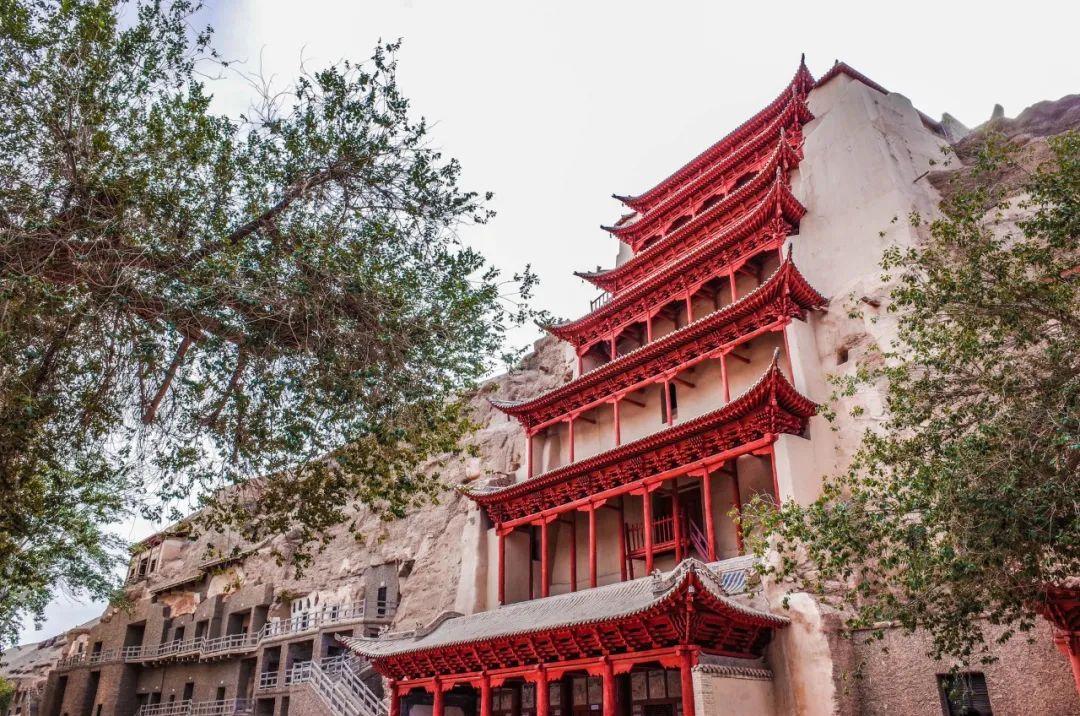
- China’s Top Ten Military Books
The Art of War(Sun Wuzhu)
Sun bin’s art of war(By Sun Bin)
Wu Zi(by Wu Qi)
Liu Tao(By Jiang Ziya)
Weiliaozi(Wei Liao)
Sima Fa(Compiled by Sima in Xia, Shang and Zhou Dynasties)
Yin meridian of the sun(written by Li Quan in Tang Dynasty)
Tiger bell sutra(written by Xu Dong in the Northern Song Dynasty)
Ji Xiao Xin Shu(By Qi Jiguang)
Practical discipline of training(By Qi Jiguang)
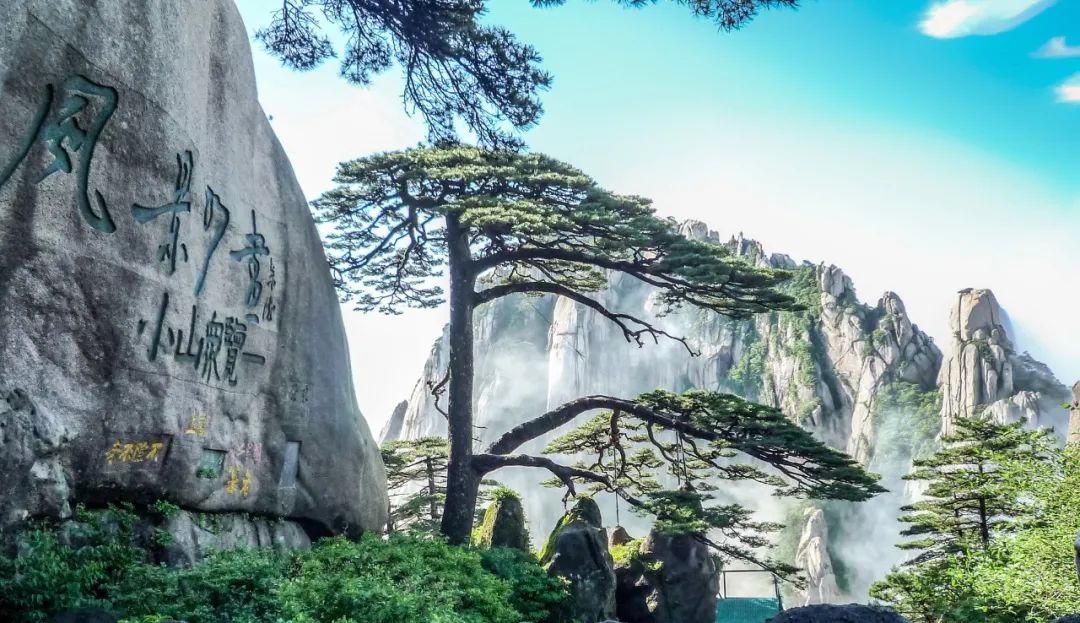
- Top Ten Famous Trees in China
1. XuanYuanBaiIt is said that it was planted by Emperor Xuanyuan himself. For a long time, the British called it "the father of cypress in the world".
2. Phoenix pineKnown as the first pine in the world, it is recorded in the Southern and Northern Dynasties and has a history of 1400 years.
3. Welcome pine, a landmark landscape of Huangshan Mountain, has a tree age of at least 1300 years and is one of the "four wonders" of Huangshan Mountain.
4, the second general cypressLocated in front of the Guande Temple in the East Gate of Jingshan, Beijing, it is vigorous and tall, and it is planted in Liao and Jin Dynasties.
5, Alishan ShenmuLocated in Chiayi County, Taiwan Province, the tree is about 52 meters high and 23 meters in circumference. It takes more than a dozen people to hug each other, and it stands tall and vigorous, and is honored as the "Ali Mountain Shenmu".
6. Imperial TreeA thousand-year-old ginkgo biloba, located in Tanzhe Temple, Mentougou District, Beijing, was named "Imperial Tree" by Emperor Qing Qianlong. It is inferred that this tree has been around for more than 1300 years.
7. Zhangtai Gu Mei,A wintersweet tree in zhanghua Temple, Taishiyuan, Jingzhou, Hubei Province, is known as the "First Plum in China" with a history of 2,500 years, and it is the oldest plum tree in China history.
8. Camellia of Yufeng Temple, located in Yufeng Temple, Naxi Autonomous County, Lijiang, Yunnan Province, was planted in the Kangxi period of the Qing Dynasty.
9, Tianma River ancient banyan, located in Guangzhou, is a strange big banyan tree with a history of more than 500 years.
10. Shengshui Temple Hangui,This huge Han Gui with four or five people hugging each other has been around for more than 2100 years, and it can be called a national treasure. Plant magazine published twice that it is the longest-lived osmanthus tree in the world.
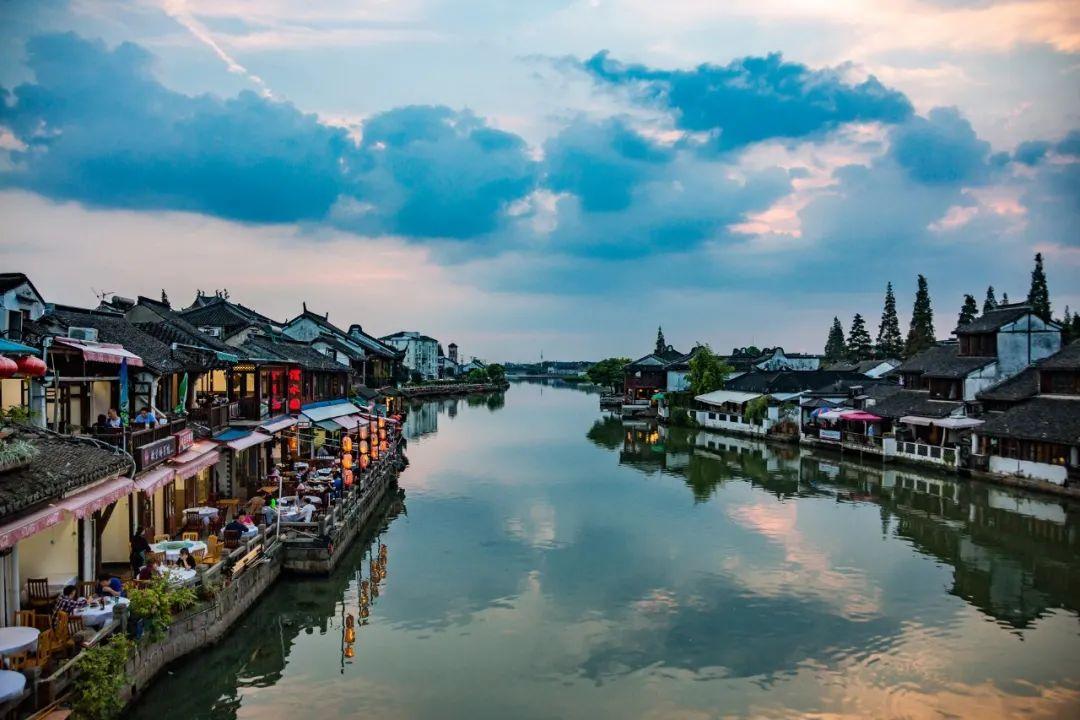
- Top Ten Dialects in China
1. Northeastern language: called Kanto dialect, represented by Jilin dialect.
2. Northern language: close to Mandarin, represented by Hebei dialect.
3. Zhejiang dialect: also known as Wu dialect, represented by Suzhou dialect.
4. Cantonese: represented by Cantonese.
5. Xiang dialect: represented by Changsha dialect.
6. Gan dialect: also called Jiangxi dialect, represented by Nanchang dialect.
7. Hakka dialect: represented by Meixian dialect in Guangdong.
8. Minnan dialect: represented by Xiamen dialect.
9. Northern Fujian dialect: represented by Fujian dialect.
10. Sichuan dialect: also called Sichuan dialect, represented by Chengdu dialect.
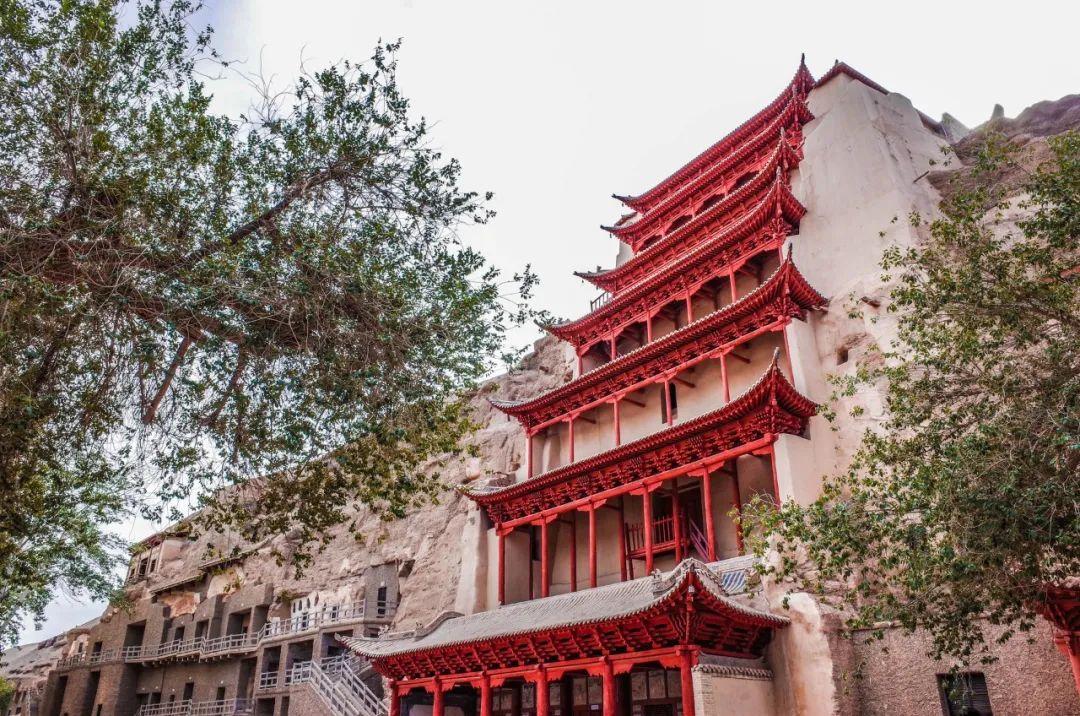
- Top ten scenic spots
1. Wan Li Great Wall
2. Guilin landscape
3. West Lake in Hangzhou
4. The Forbidden City in Beijing
5. Suzhou Gardens
6. Huangshan, Anhui
7. Three Gorges of the Yangtze River
8. Sun Moon Lake in Taiwan
9. chengde mountain resort
10. Terracotta Warriors and Horses of Qin Shihuang
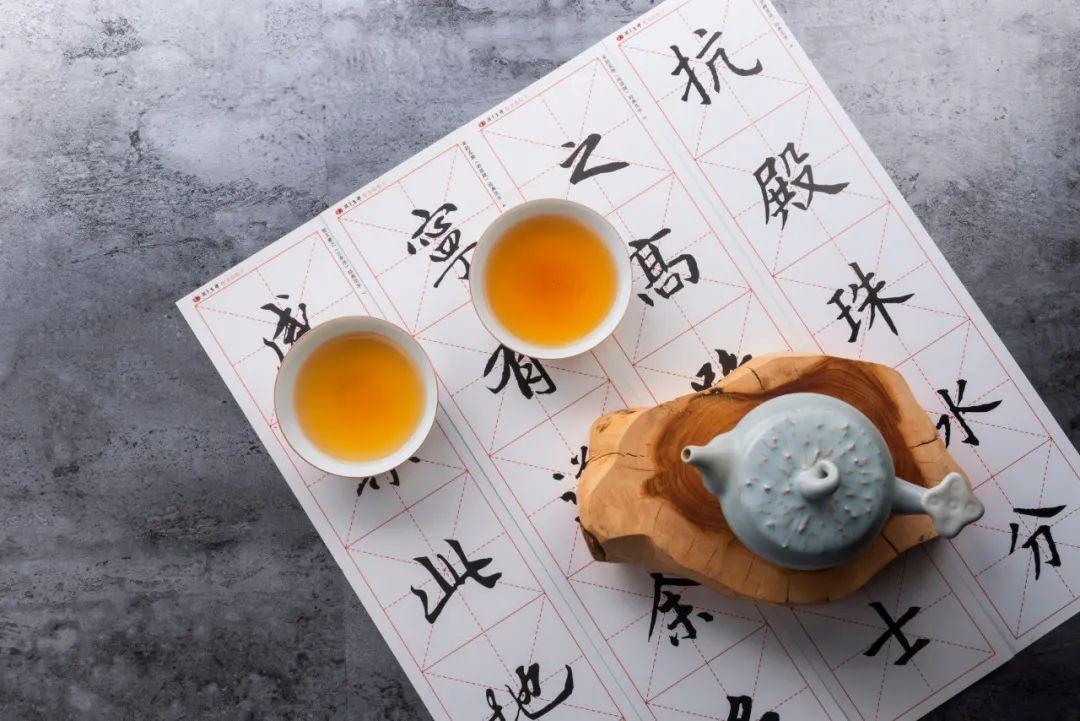
Source: WeChat WeChat official account "Classical Literature and Poetry"
Editor: Hang Yifan
[Disclaimer: This number is the official public welfare account of "Reading for All", and this article is reproduced for the purpose of transmitting more information. Please contact us if the source is mislabeled or suspected of infringing your legitimate rights and interests. We will correct and delete it in time, thank you. 】